Talk Overview
Ronald Germain links many of the current issues with NIH-funded biomedical research, such as the increase in competition for funding, rejection of careers in science by talented students, and the inhibition of creativity, to the R01 grant system. He proposes to replace R01s with a grant system that supports individuals, not projects, and holds the recipients accountable through retrospective review. His proposal is influenced by the successful funding programs of the NIH Intramural Program and the HHMI. For more details about this proposal, read his commentary “Healing the NIH-Funded Biomedical Research Enterprise” published June 18, 2015 in Cell. Ron Germain’s views are his own and not those of the NIAID, NIH, or DHHS.
Speaker Bio
Ron Germain
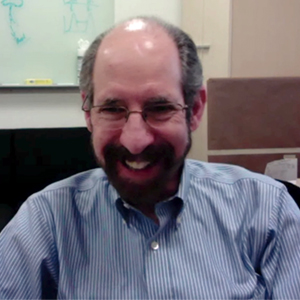
Dr. Ronald Germain is chief of the Lymphocyte Biology Section and Laboratory of Systems Biology at the National Institute of Allergy and Infectious Diseases, NIH. His research contributes to the understanding of how the immune system functions from the molecular level up to the level of the organism. He’s helped elucidate the expression, structure, and… Continue Reading

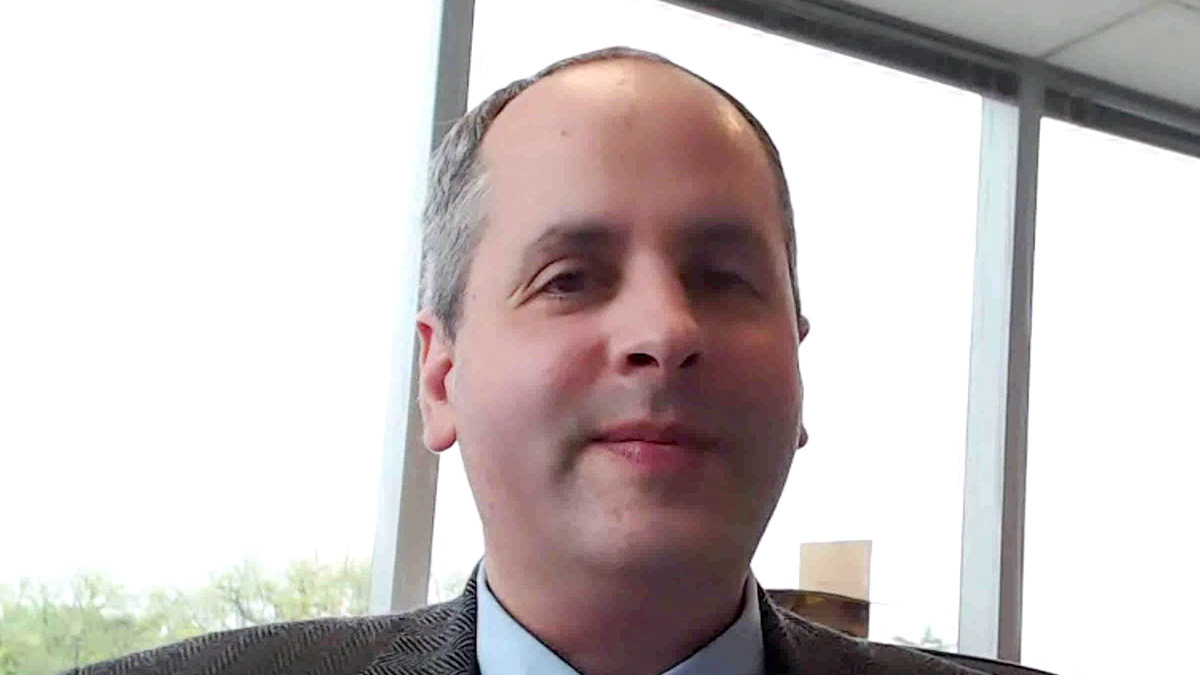
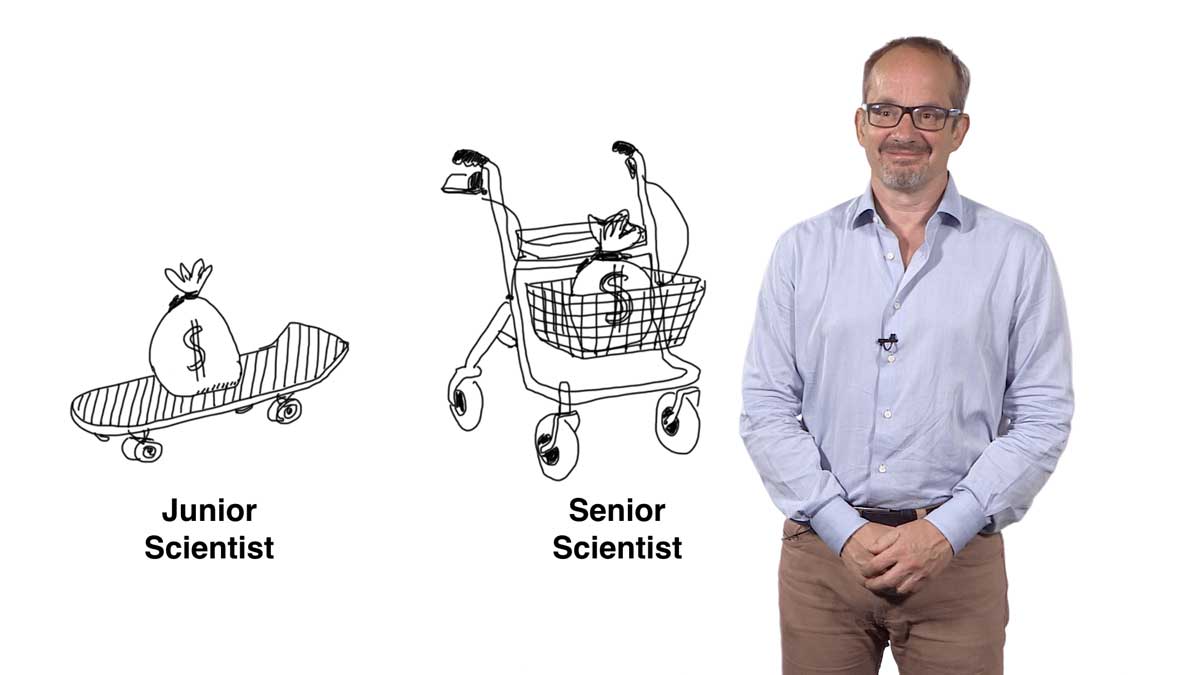

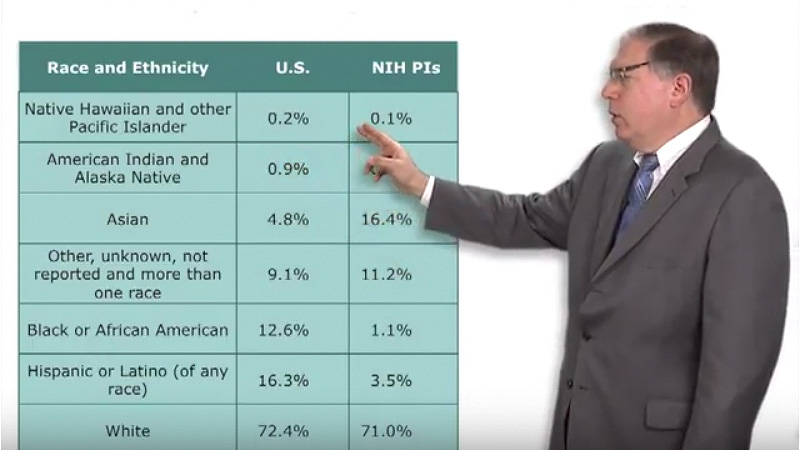
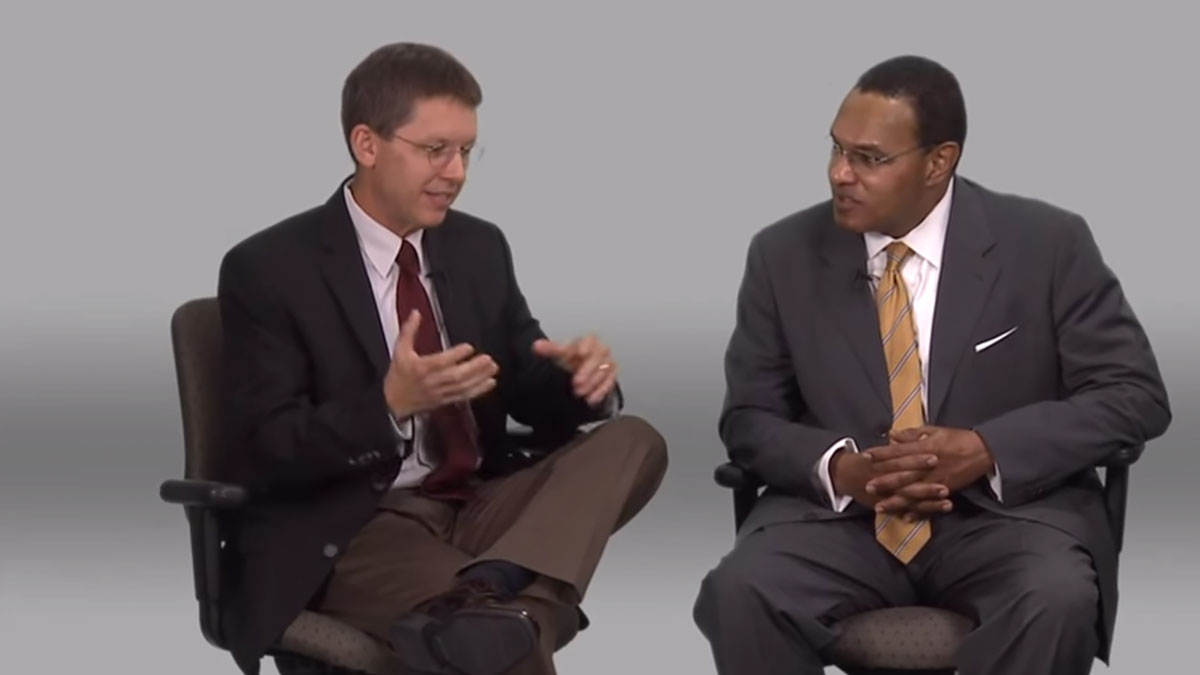





Leave a Reply